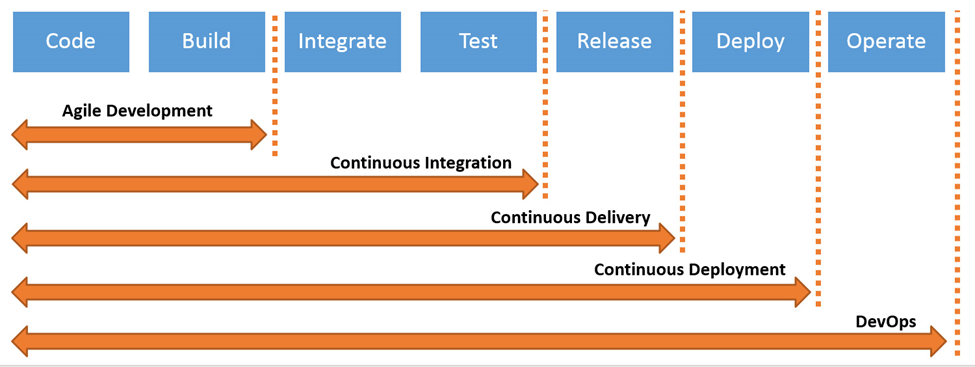What is Continuous Integration/Continuous Deployment (CI/CD)
- jesus martinez

- Sep 13, 2024
- 1 min read
CI/CD is a set of practices and methodologies aimed at automating and streamlining the process of software delivery. Here's a brief overview:
Continuous Integration (CI): CI involves integrating code changes from multiple developers into a shared repository frequently, typically several times a day. Each integration triggers automated builds and tests to verify that the changes haven't introduced defects or conflicts with existing code. By detecting and addressing issues early in the development process, CI reduces the risk of integration problems and ensures that the codebase remains stable and maintainable.
Continuous Deployment (CD): CD extends the concept of CI by automating the deployment of validated code changes to production environments. With CD, every successful build and test run can potentially result in a deployment to production, eliminating manual intervention and reducing the time between code changes and their availability to end-users. This rapid and reliable deployment process enables teams to deliver new features, fixes, and improvements to users quickly and efficiently.
Purpose of CI/CD: The primary purpose of CI/CD is to accelerate the software delivery lifecycle while maintaining high standards of quality and reliability. By automating repetitive tasks such as building, testing, and deployment, CI/CD reduces manual effort, minimizes the likelihood of human error, and enables teams to focus on delivering value to users.
Moreover, CI/CD fosters collaboration, transparency, and feedback loops within development teams, promoting a culture of continuous improvement and innovation. Ultimately, CI/CD enables organizations to deliver software more frequently, predictably, and with greater confidence, thereby enhancing their competitiveness and ability to meet customer needs in today's fast-paced digital landscape.





Comments